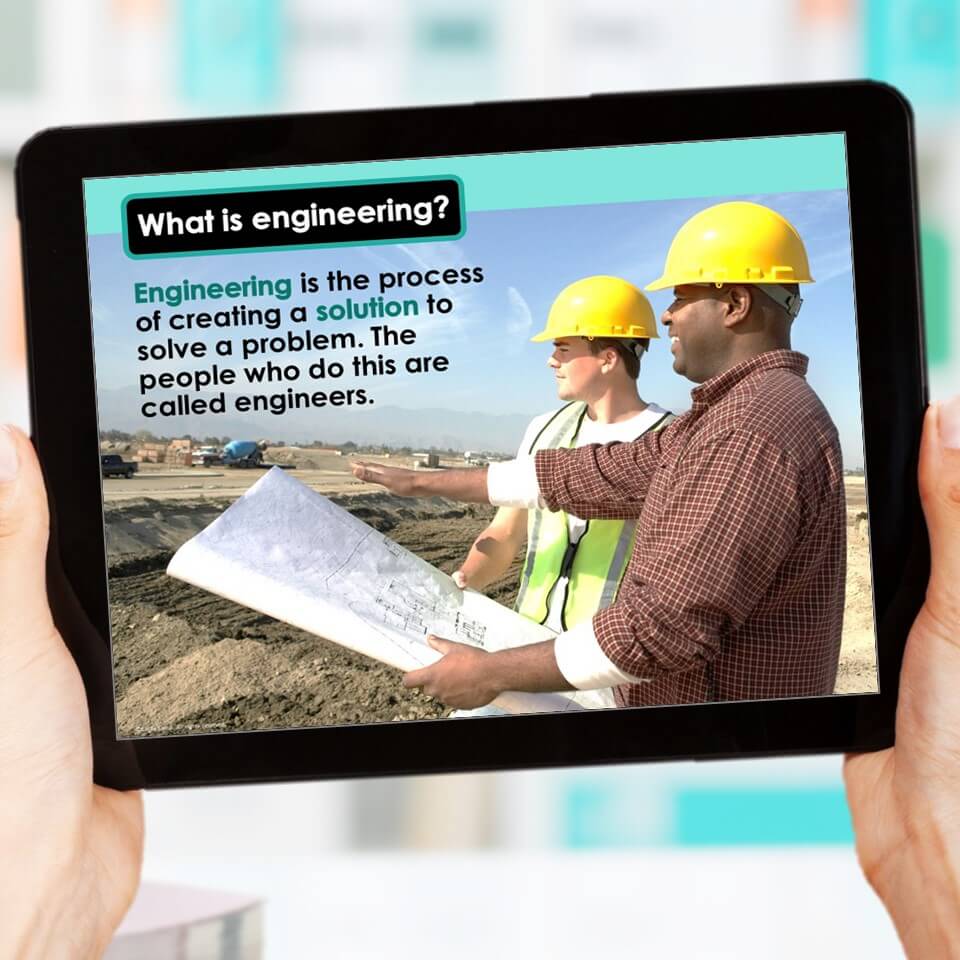
Many examples of engineering can be found throughout history, from ancient monuments to modern technology. Imhotep is credited with the construction of the Saqqara step pyramid by ancient Egyptians. Imhotep was credited with building the Saqqara step pyramid, which was completed in 3000 BC. Egyptians then deified him. This Egyptian engineer is probably familiar to you. But did you know that he was also deified?
Ancient engineering monuments
Many ancient engineering monuments are testaments to human talent. The monuments of ancient Egyptian civil-military engineers include the Pharos in Alexandria, the Pharos of Alexandria, and the Ziggurats of Mesopotamia. Acropolis in India and Indus Valley are just two examples of ancient engineering landmarks. The Colosseum and Acropolis are monuments left by Roman and Greek ancient engineers. Mayan civil engineers designed impressive structures, including the drainage and aqueduct systems at Teotihuacan. Al-Jazari, a Turkish engineering monument, was built with five water pumps for the kings and queens of the Artuqid Dynasty. Others engineers like Mechanics developed the concepts for gears, escapement mechanism, and more.
Early mechanical engineering
The origins of mechanical engineering date all the way back to the 5th millennium BC in Mesopotamia. The field has expanded greatly over the years, encompassing everything from automobiles to energy conversion to microelectromechanical systems. It was not as easy as it is now, as shown by the history of mechanical engineering. No matter if you are interested or not in manufacturing equipment, automobiles, or energy conversion, mechanical engineers have shaped many aspects our lives.

Electrical engineering in the early days
The relationship between electrical engineers and the government was particularly complicated after World War I. Radio communication was used in wartime to communicate with others, but the government had to regulate this new technology. The United States government took control over all wireless stations in 1917. They claimed that radio spectrum was too valuable not to be controlled. The result was a boom in technology that changed the way we communicate today. Today you can witness the history of electricity both in New York City as well as elsewhere.
Radio technology in the early days
In the early 1900s, radios were used for simplex communications. Morse Code can be used to send messages. This code is very similar to what was used for writing. These communications were one-way, and it was impossible to speak over them. Despite the limitations of early radios, the idea of sending electrical waves across vast distances was revolutionary. A new technology would have made it possible to create long-distance telephone lines.
Electric generators from the beginning
The first electric generator was a feat of engineering. It made it possible for small amounts of work to produce electricity. Hydroelectric power was first explored in the Sierra Nevada hydraulic mines during the 1880s. Almarian Decker, an engineer from the Brush Arc Light Company, who had recently moved to California with tuberculosis and was now a transmission engineer, integrated generation into the first three phase alternate-current power station in Redlands.
Early electrical engineering in the western world
The 19th century marks the beginning of the history of electrical engineering. Alexander Graham Bell & Thomas Edison were among the pioneers of electrical engineering. This was the time when electricity spread quickly. These two men became pioneers in the field. The growth of the electrical industry began to change the world, and governments became large employers of electrical engineers. Although the TVA was the most prominent of these government initiatives, there were many local governments that provided power and service.

Santa Clara's early days of electrical engineering
The School of Engineering at Santa Clara University was founded in 1912, and started offering bachelor's degrees. Later, the school added master's and doctoral degrees to its offering. The school now serves all of Silicon Valley. It offers a diverse range of programs in electrical engineering, including advanced degree programs. You can also network and receive continuing education. It is the only national organization that is exclusively dedicated to electrical engineering.
Early electrical engineering in England
The birthplace of electrical engineering was England. Many of the pioneers of this field were born in the UK, including George Stephenson (Isambard Kingdom Brunel) and Thomas Telford. In 1821 Michael Faraday demonstrated that electrical energy could be converted into mechanical energy. This made the field more solid. Not only did these pioneers make the field possible, but many other people contributed to its development.
Early electrical engineering in the United States
While electricity was not a new technology, it was seen as necessary for many other jurisdictions. In order to provide power and communication for their citizens, governments began to assume this responsibility and were major employers in electrical engineers. While the TVA is most prominent government initiative in this space, there were also other examples. Outside of the USA, government control of power and communication was the norm. Electrical engineers realized the importance of developing their field with technological advances.
FAQ
How long does it take for an engineer to become?
There are different routes into engineering. Some people start studying immediately after leaving school, while others decide to go to college first.
Some students will start a degree program as soon as they graduate high school. Others will begin a two-year foundation degree course.
After completing this, they might continue onto a three or four-year honors degree. They could also choose to pursue a master's program.
Consider what you plan to do with your life after graduation when deciding which route you will take. Do you plan to continue in education or enter the workforce?
It takes different stages to complete, depending on which university you go to and whether you are taking a part-time or full-time course.
However, it is important to keep in mind that the amount of experience gained after completing a qualification does not always correlate with how long it took. So even if you only spend one year at college, it doesn't mean you'll have all the skills needed to work as an engineer.
What is a Mechanical Engineer?
A mechanical engineer is responsible for designing machines, tools, products, processes, and vehicles that are used by people.
Mechanical engineers apply mathematics, engineering principles, and physics to find practical solutions for real-world issues.
A mechanical engineer could be involved with product development, maintenance, quality control and research.
What does an electrical engineer do?
They create power systems that can be used by humans.
They are responsible for the design, construction, testing, installation, maintenance, and repair of all types electric equipment used in industry, government, and commercial customers.
They plan and direct installation, as well as coordination of activities by other trades like architects, plumbers, and contractors.
Electrical engineers design and install electronic devices, circuits, and components that convert electricity into useful forms.
Which engineer makes the highest salary?
Software engineers are the answer, as they write code for computers. They can also choose the type of project that they wish to work on. Software engineers can work in any industry, but they usually choose to work at tech companies such as Google or Microsoft.
What types of jobs can I find if I major in engineering?
Engineers are able to find work in almost any industry, such as manufacturing, transport, energy, communications and finance.
Engineers who specialize in particular fields can often find employment at specific companies or organizations.
As an example, engineers might work for telecommunications providers, medical device producers, or computer chip companies.
Software developers might work with websites or mobile app designers.
Programmers may work in tech companies such as Google and Microsoft.
What is a Chemical Engineer?
Chemical engineers use math, science, engineering, technology, and business skills to develop chemical processes, products, equipment, and technologies.
Chemical engineers are able to specialize in many areas, including pharmaceuticals and food processing.
They collaborate closely with scientists and researchers to solve technical problems.
Statistics
- Job growth outlook through 2030: 9% (snhu.edu)
- 8% Civil engineers solve infrastructure problems. (snhu.edu)
External Links
How To
How to write letters in engineering drawing
There are two types of engineering drawings: architectural drawings and engineering sketches. The first type shows the product's physical features. The second shows the product's potential appearance. Both types contain detailed specifications, dimensions as well symbols and text. Engineers will use their own language to write these documents. They can refer to specific units or abbreviations as well as acronyms. These terms are also known as engineering terminology. This article explains exactly what they mean.
A letter can be a formal document that is written by an individual to another person. It usually contains a greeting, salutation, signature, date, and closing remarks. Most people also include a self-introduction at the beginning of the letter. Some letters may include business details, such a legal agreement. Others may only have greetings and signatures.
Engineers can use their professional expertise to design, plan, create, or build a machine or a bridge. Engineers should use precise language to communicate their work. Technical terms describe the product, process, materials, and methods.
Engineers use many different terms to describe things. For example, they use "ampere" to talk about electrical current. For mass measurement, they might use "kilograms per meter squared". These terms are also known scientifically. Common names are used by engineers to refer to these terms. Common names can be easier to remember and understand.
Technical terms are often abbreviated. An abbreviation can be used to denote a longer term. For example, "kW" stands for kilowatt. The term "KW", which stands for kilowatt, is easy to remember. It doesn't matter how long it takes to remember the name.
Engineers may also use many acronyms and abbreviations other than technical terms. These are similar to abbreviations, but they are composed of multiple words. Examples include "IEC," DIN," and ANSI. These are essential because they facilitate communication and make it easier.
Engineers use their jargon in a way that is not consistent with standard spelling rules. They may use digits to spell out numbers instead of numerals. They may use different capitalizations from the norm. Capitalization refers to whether a word starts with a capital letter or lowercase. Words beginning with vowels sound differently are spelled than words that begin using consonants.